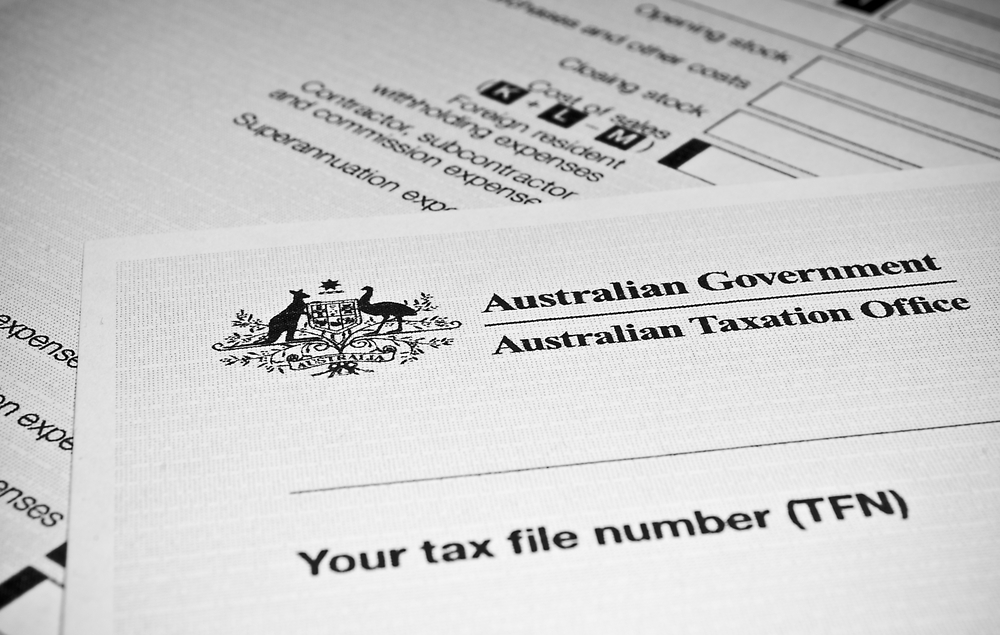‘Basis Cash’ Launch Brings Defunct Stablecoin Into the DeFi Era
‘Basis Cash’ Launch Brings Defunct Stablecoin Into the DeFi Era
A team of anonymous developers is making what might be called a fork of a project that never launched.
Readers of this post will likely see a strong earnings opportunity here, but please be careful.
Basis Cash is based on the stablecoin Basis (originally known as Basecoin) that had $133 million in funding before U.S. securities regulators stepped in and the team behind it returned everything in late 2018.
For those who want to get in on this new decentralized finance (DeFi) project, the smart contracts opened up early Monday.
As an aside, it’s not the first Basis-inspired stablecoin to launch. Empty Set came out at the end of August and now has more than $100 million in market capitalization.
“In the long term, we look forward to seeing Basis Cash be used widely as a base layer primitive such that there is organic demand for the asset in many DeFi and commercial settings,” one of the two anonymous leaders of the project who goes by “Rick Sanchez” told CoinDesk over Telegram.
The two anons are going by the names “Rick” and “Morty,” like the popular cartoon for adults by Dan Harmon and Justin Roiland.
Basis Cash basics
Like most stablecoins, Basis Cash (BAC) is pegged to the U.S. dollar, so one BAC should be equal to the crypto equivalent of one USD. Basis Cash’s price will be managed by two other crypto assets: Basis Bonds and Basis Shares (more on what each does in the next section).
Beginning at the end of November, 50,000 BAC will be distributed over a five-day period (10,000 per day) to folks that deposit any of these five stablecoins into its smart contract: DAI, yCRV, USDT, SUSD and USDC. Depositors can’t drop in more than 20,000 stablecoins from any one account. The daily reward will be distributed pro-rata and users can take their coins back out at any time.
Unlike most other DeFi projects that do some form of liquidity mining like this, that pool of four stablecoins won’t be doing anything. Depositors will be liquidity providers into still waters. “It’s admittedly a useless capital exercise,” Sanchez wrote. “Think of it as kind of like a Coinbase Earn quiz. Minimum threshold to get free assets.”
After that initial BAC distribution, two Uniswap v2 pools will be spun up. The pairs will be BAC-DAI and BAC-Basis Shares (BAS). A million BAS – all the BAS in existence – will be distributed to those two pools (750,000 to the former pool and 250,000 to the latter).
By far the most generous distribution will be the first 30 days of the BAC-DAI pool. More on that here.
Some very clever attacker might have had a great trick worked out on the original Basis and that attack has just been sitting in a drawer since. So (again) be careful.
Though Basis Cash asks less of users in terms of posting collateral than most other DeFi applications. After those first five days are up, the main place where funds would be at risk would be in the two Uniswap pools.
“Seigniorage shares–style stablecoins … are much more susceptible to black swan failure than Maker or Tether – and I am not ruling out the possibility that Basis Cash will de-peg significantly in the early days of the protocol (in fact, I think it’s highly likely),” Sanchez wrote, adding:
“What we have high conviction on is that 1) the protocol has the ability to recover from most of these failures, and that 2) such failures will become much less frequent and severe over time as new participants enter.”
How it works
So the key takeaway with Basis Cash is this: It is completely unmoored to anything with “real” value.
The U.S. dollar, for example, was once backed by gold, but they stopped being redeemable for precious metals long ago. Dollars are actually still backed, but they are backed chiefly by U.S. Treasuries.
Circle’s USDC is backed by real dollars in a bank account. While MakerDAO’s dai gets minted out of thin air, it’s backed by ETH or other crypto assets that have been locked up in a smart contract.
Basis Cash has nothing tucked away to guarantee its value. Its only guarantee is a purely algorithmic system that should help it find the real demand for BAC in the market such that its price tends to sit at equal to $1.
So, if BAC should drop below a dollar, the system will issue Basis Bonds. Those Basis Bonds can be bought for one BAC. They can also be redeemed for one new BAC when the price is above a dollar.
For example, if BAC were to drop to $0.97, a user could buy a bunch of BAC at that discounted price and redeem them for the bonds (which burn the BAC). That reduces the supply and should bring it back in line with the peg.
Then, when BAC goes over $1.00, new BAC gets issued. The system first lets bondholders redeem them (so if someone bought bonds at $0.97 they should get at least a 3% profit) and the rest of the fresh BAC goes to holders of Basis Cash Shares.
Though to get the new BAC (the seignorage), BAS holders have to stake their shares in the Boardroom, another smart contract.
The obvious part of this system that could be exploitable might be how its oracle system works. The team has not yet responded to questions from CoinDesk about how it will get prices into the system. From the documents it has put out so far, it seems to rely on Uniswap price data, however.
Isn’t 50,000 BAC tiny?
The supply of stablecoins hit $20 billion in late September, so 50,000 BAC seems very small.
The initial supply of BAC might be intentionally diminutive. Either way, if it’s not enough, the Basis Cash system should adjust when and if that’s the case.
If it turns out that the market demands a lot more BAC once it goes live, then the price should quickly break its dollar peg. If that happens, the smart contracts should swiftly start printing more BAC. Theoretically, this could mean that in the very early days of Basis Cash, returns to its shares could be exceptionally strong at the very beginning.
“In the short term, given one needs to provide liquidity for Basis Cash against Dai to earn Basis Share tokens, liquidity providers looking to farm Basis Share tokens will buy Basis Cash – farming demand drives initial demand and attendant seigniorage,” Sanchez wrote.
If the world in fact wants this new stablecoin, the Basis system should find the right supply shortly. But as Sanchez noted above, it’s likely to be extremely volatile early on.
CoinDesk asked the leader of the team that launched the original Basis, Nader Al-Naji, what he thought of the stablecoin’s resurrection. In an email to CoinDesk, he said he has not dug into it.
“A lot of people have reached out to me about Basis Cash,” Al-Naji wrote. “It seems to be gaining traction among the people who backed me with Basis given how many people have asked me about it, but I don’t know anyone who’s definitively decided to back the project.”









